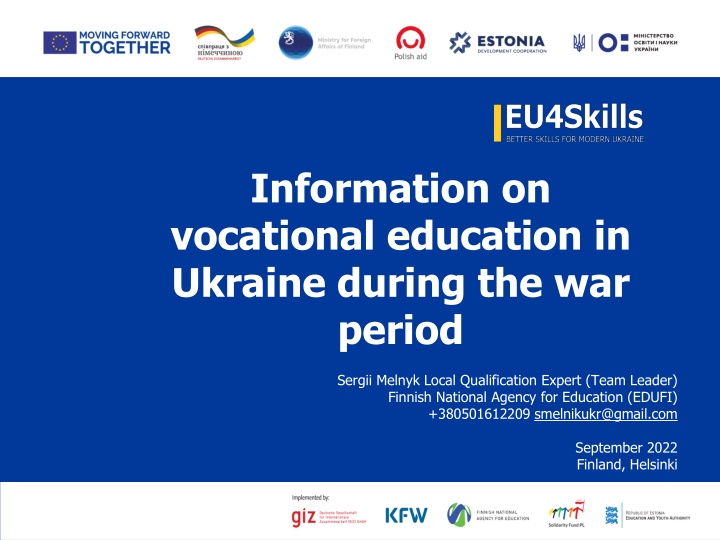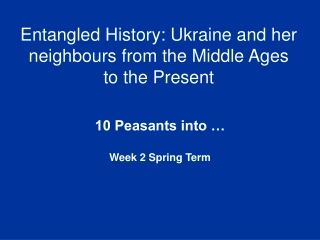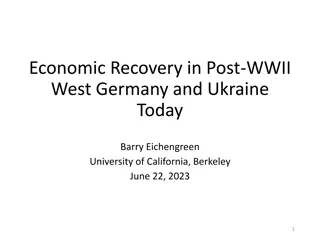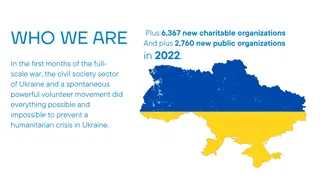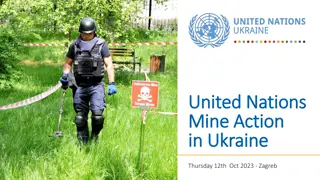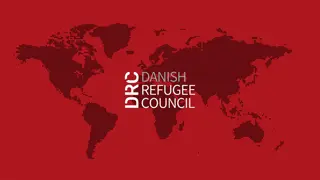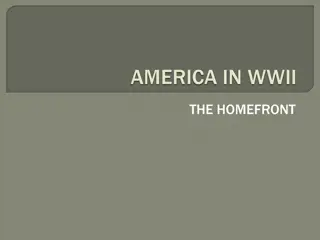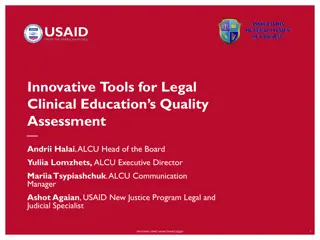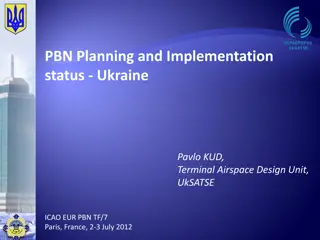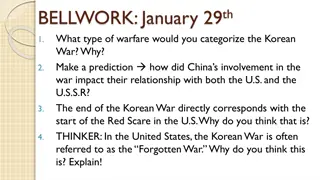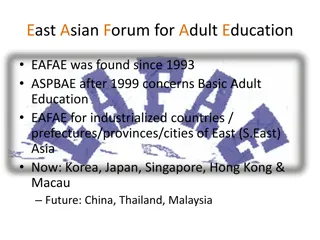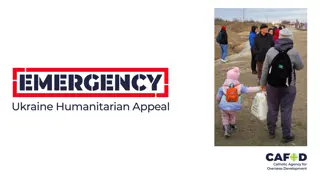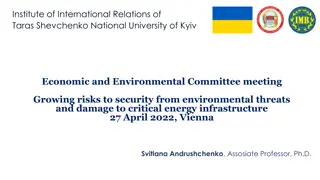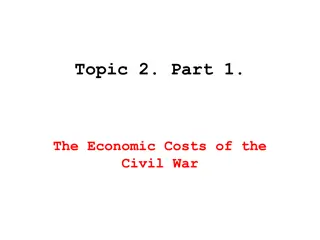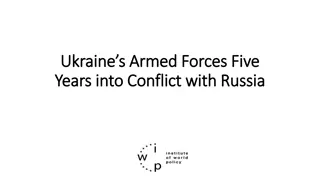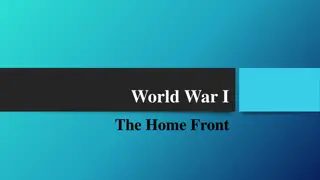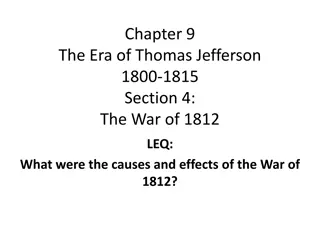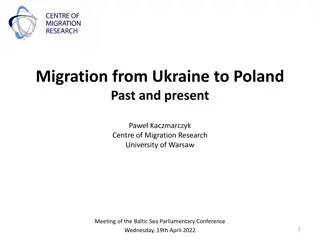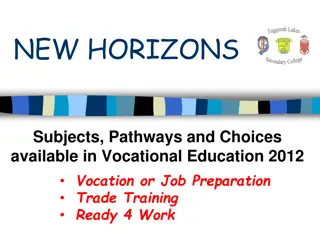Vocational Education in Ukraine During War Period: Destruction and Challenges
The presentation sheds light on the impact of war on vocational education in Ukraine, highlighting the destruction of schools, challenges in organizing the educational process, and varied forms of education adopted during the war period. It provides insights into the operational status of vocational schools, including online and blended learning approaches, and the unique situations faced by different regions.
Download Presentation

Please find below an Image/Link to download the presentation.
The content on the website is provided AS IS for your information and personal use only. It may not be sold, licensed, or shared on other websites without obtaining consent from the author.If you encounter any issues during the download, it is possible that the publisher has removed the file from their server.
You are allowed to download the files provided on this website for personal or commercial use, subject to the condition that they are used lawfully. All files are the property of their respective owners.
The content on the website is provided AS IS for your information and personal use only. It may not be sold, licensed, or shared on other websites without obtaining consent from the author.
E N D
Presentation Transcript
Information on vocational education in Ukraine during the war period Sergii Melnyk Local Qualification Expert (Team Leader) Finnish National Agency for Education (EDUFI) +380501612209 smelnikukr@gmail.com September 2022 Finland, Helsinki
The presentation is based on statistical and operational information, presented in the Annual Digest Education of Ukraine under martial law for the International August Pedagogical Conference Education, Educators indestructible in war (August 18, 2022) https://iea.gov.ua/wp- content/uploads/2022/08/education-of- ukraine_2022.pdf
1. VOCATIONAL EDUCATION AND TRAINING AND WAR 1.1. THE SCALE OF DESTRUCTION AND DAMAGE TO VOCATIONAL EDUCATION AND TRAINING SCHOOLS As of August 01, 2022, during the period of martial law in Ukraine 10 VET schools of 694 were completely destroyed and 102 were damaged. In the regional context the greatest destruction occurred in Zaporizhzhia and Luhansk oblasts (3 and 2 VET schools respectively). The greatest damages were in VET schools of Donetsk (22), Kharkiv (16), Luhansk (12) and Mykolaiv (10) oblasts. In ten regions Odesa, Khmelnytskyi, Kirovohrad, Rivne, Ivano-Frankivsk, Ternopil, Lviv and Volyn none VET schools were damaged.
1. VOCATIONAL EDUCATION AND TRAINING AND WAR 1.2. ORGANIZATION OF THE EDUCATIONAL PROCESS IN THE WAR PERIOD According to the MOES information, as of August 1, 2022, 614 VET schools operate, 35 of them don t work on various reasons (vacations, educational process organization). Property complex of 103 VET schools are now on the temporary occupied territory or territories where military actions are taking place. It concerns all VET schools in Luhansk and Kherson oblasts. The majority of such schools are in Zaporizhzhia (20), Donetsk (15), Mykolaiv (14) oblasts. The educational process is completely suspended in 9 VET schools of Donetsk oblast, 7 Luhansk, 22 Kherson, 4 Kharkiv and 1 VET school of Mykolaiv oblast.
1. VOCATIONAL EDUCATION AND TRAINING AND WAR 1.3. FORMS OF EDUCATION DURING THE WAR Under martial law the majority of VET schools (392 institutions, or 64%) conduct training of students online (remotely), 155 (25%) in blended form of education, 32 (5%) in traditional place-based form of education. In 46 VET schools the educational process is conducted in dual form. Pre-term graduation of qualified workers took place in 22 VET schools of Kherson oblast and 16 VET schools of Zaporizhzhia oblast (except for the city of Zaporizhzhia). According to information of the MOES only 31 VET schools have 38 civil defense facilities. On the operational information as of June 15, 2022, 463 VET schools have dormitories, 82 163 people live there. 20% of them (16 443 people) are internally displaced persons.
That is, the reduction of the contingent under different circumstances amounted to 49,1 thousand students or 20,1%. 1. VOCATIONAL EDUCATION AND TRAINING AND WAR 1.4. VET STUDENTS DURING THE WAR PERIOD At the beginning of the year 243,8 thousand students and trainees studied in 694 VET schools. As of July 1, 2022, 194,7 thousand students studied in 614 institutions that operate under martial law. That means the reduction of the contingent under different circumstances was 49,1 thousand students or 20,1%. Among territories, which are controlled by Ukraine, the largest number of students study in VET schools of Lviv (19 837), Dnipropetrovsk (15 760), Odesa (12 405) and Vinnytsia (11 099) oblasts. 18,5 thousand students or 9,5% are engaged in studies in VET schools remotely, as they are outside Ukraine. 173 students who have left the territory of Ukraine are enrolled in foreign vocational education institutions.
1. VOCATIONAL EDUCATION AND TRAINING AND WAR 1.5. VET SCHOOLS PEDAGOGUES AND WAR As of July 1, 2022, 23 905 pedagogues work in the sphere of vocational education and training. 1258 of them (5,3%) are internally displaced persons, 904 (3,8%) are outside Ukraine, 472 (2,0%) are on vacations without pay for the martial law period or on layoff, 654 (2,7%) serve in Armed forces and Territorial defense forces of Ukraine. 372 (1,6%) persons resigned from the positions of teaching staff of VET schools during the martial law. As of July 1, 2022, the regional order for training of workers in the academic year 2022-2023 was approved for VET institutions of 23 regions in amount of 87,7 thousand people, that is 11% less then previous year. In some regions, which are far from the zone of military actions, the order volume increased (Rivne oblast by 1618 people; Ternopil by 1231 people; Lviv by 1192 people, Poltava by 372 people).
2. LEGISLATIVE AND REGULATORY PROVISION OF VOCATIONAL EDUCATION DURING THE WAR PERIOD 2.1. AMENDMENTS TO LEGISLATION On June 19, 2022 Verkhovna Rada of Ukraine adopted the draft law that provides making amendments to the current Law of Ukraine On Vocational Education , registered by No 7293 of April 18, 2022. Approved changes allow to adjust national vocational education considering war realities, requirements of modern labor market and focus on post-war development. Innovations will facilitate reduction of unemployment level, provide fast retraining of those, who lost their jobs and the most importantly henceforth VET institutions get a right to teach people practically throughout their life. According to adopted legislative norms it s envisaged: - an opportunity to receive vocational education without completed secondary education.
2. LEGISLATIVE AND REGULATORY PROVISION OF VOCATIONAL EDUCATION DURING THE WAR PERIOD 2.1. AMENDMENTS TO LEGISLATION to receive the second working profession free of charge in 3 years after receiving the previous profession and in case of insurance period and available places in a VET institution. to receive education in other profession with budgetary funds even in the absence of confirmed insurance period, if a person lost an ability to perform work on previously received profession due to health reasons, as well as with the aim of immediate provision of the state (region) needs in qualified workers. enrollment to VET institutions regardless of the place of registration. Now, for example internally displaced persons will be able to study working profession where they have temporarily settled.
2. LEGISLATIVE AND REGULATORY PROVISION OF VOCATIONAL EDUCATION DURING THE WAR PERIOD 2.2. AMMENDMENTS IN REGULATORY ACTS process in VET schools depending on concrete situation. Recommendations of the MOES on preparation of VET schools to beginning of the academic year 2022/2023 and particularities of the educational process organization there. Amendments to methodological recommendations on formation and approval of regional order for training of specialists and workers. E-cabinet of an applicant to a VET institution developed for application submission not only in paper but in electronic form. The module Vocational education online developed. Recommendations of the MOES on organization of the educational
3. RECOMMENDATIONS AND PROPOSALS 3.1. IN THE WAR PERIOD Training of adult population has been simplified and training times shortened remarkably. It could be achieved by recognizing of previous work experience (results of informal education and informal training), training by partial (mostly demanded) qualifications. Regulatory norms on licensing and accreditation of relevant educational programs, any inspections by regulatory bodies should be temporarily cancelled.
3. RECOMMENDATIONS AND PROPOSALS 3.1. PRIORITIES DURING THE WAR Training of workers, who are necessary in conditions of martial law and reconstruction of liberated territories. Increased collaboration between VET schools and enterprises, professional training centers of the State Employment Service of Ukraine etc. Introduction of training, retraining and in-service training of personnel by micro-credits/micro-qualifications into activity of VET institutions.
3. RECOMMENDATIONS AND PROPOSALS 3.2. IN THE PERIOD OF THE COUNTRY RECONSTRUCTION Adjustment of the VET system of Ukraine to the European analogs in the context of Ukraine s status of a candidate for EU membership. Returning of displaced VET schools, reconstruction of damaged and destroyed ones, completing of those looted during the war and occupation. Compliance training offer of VET institution to the demand of regional, national and international labour markets. Engaging foreign partners in establishing of joint VET institutions in Ukraine, in joint training of workers for firms and companies, which will directly participate in reconstruction of Ukraine.
BETTER SKILLS FOR MODERN UKRAINE
